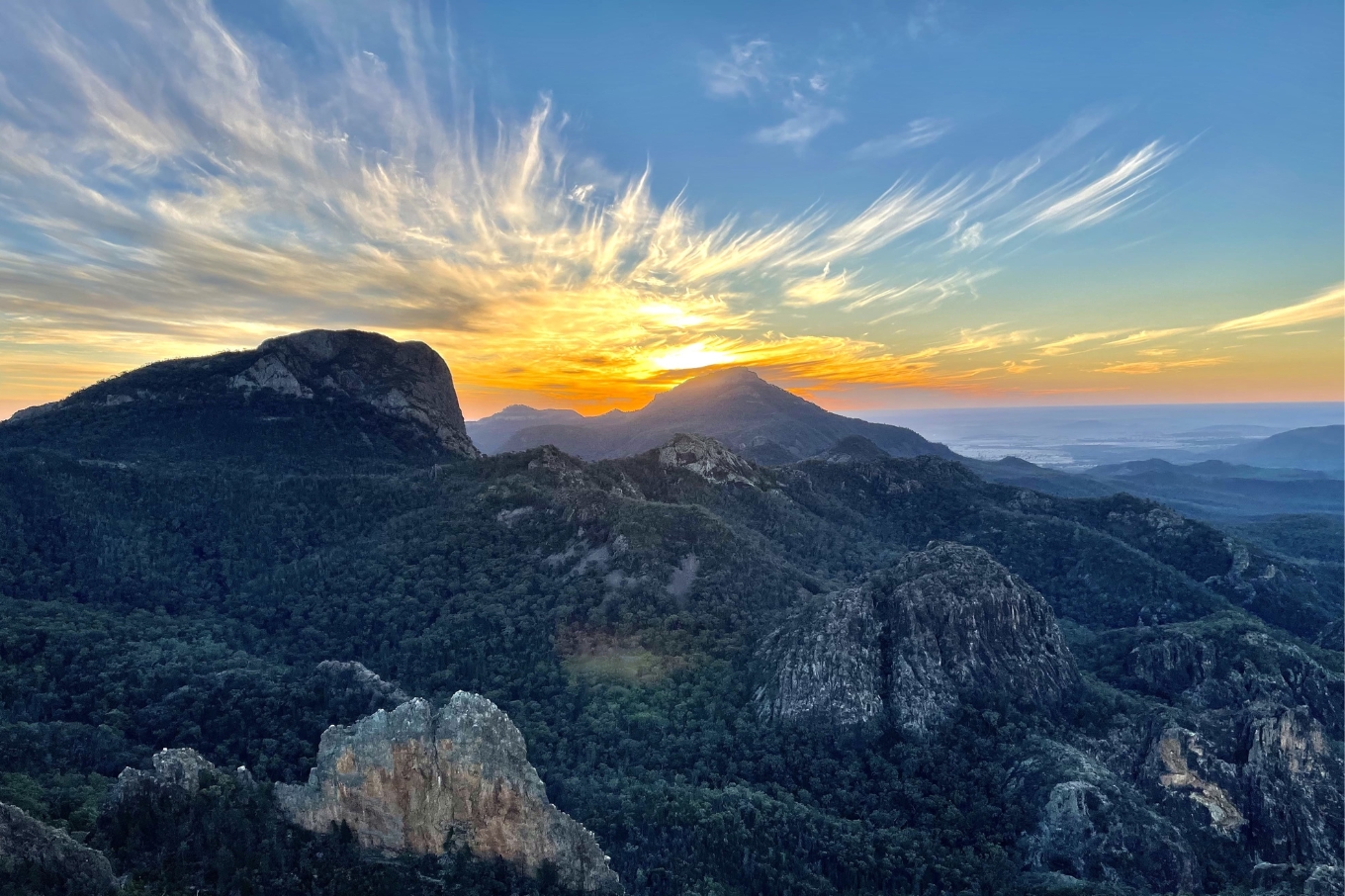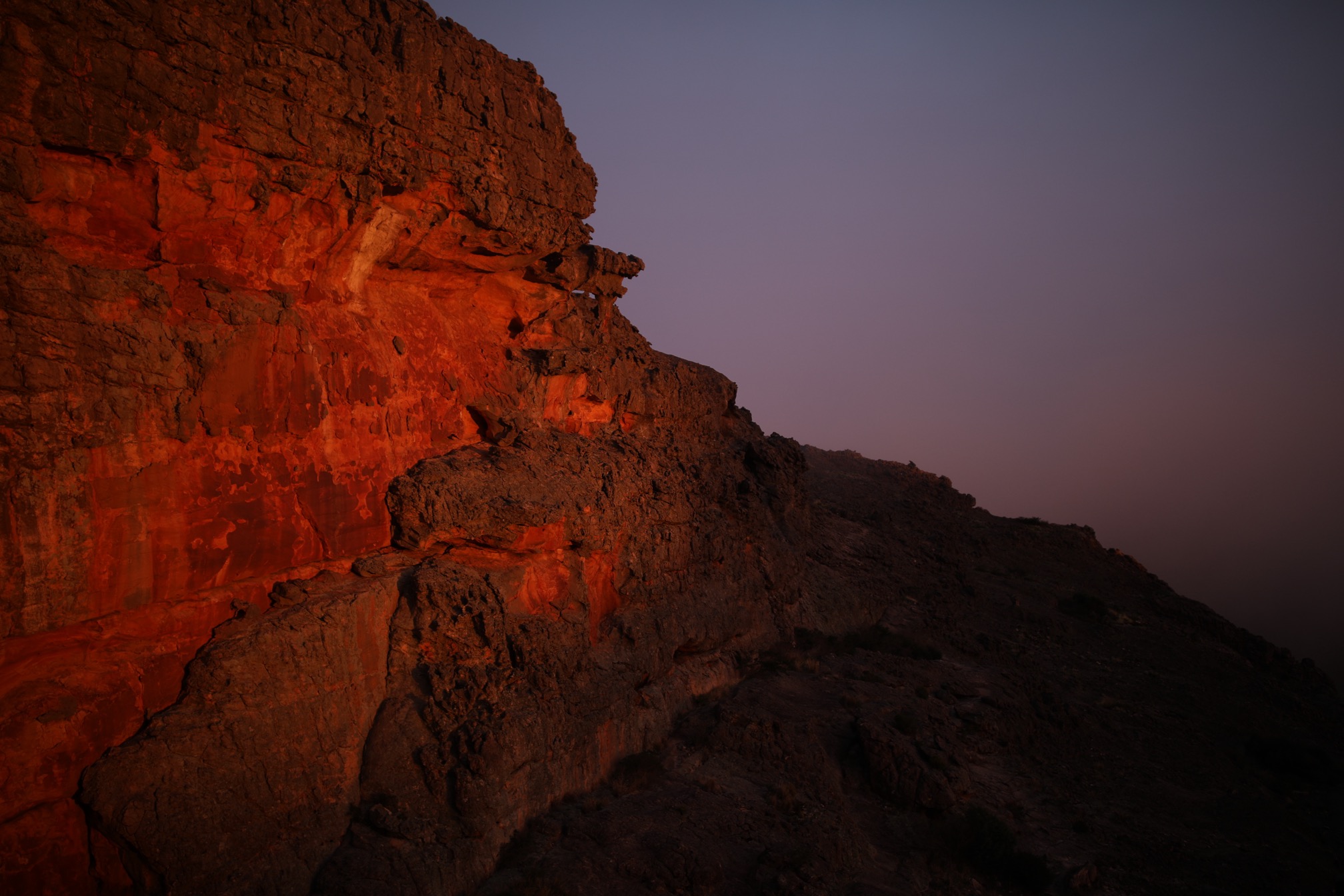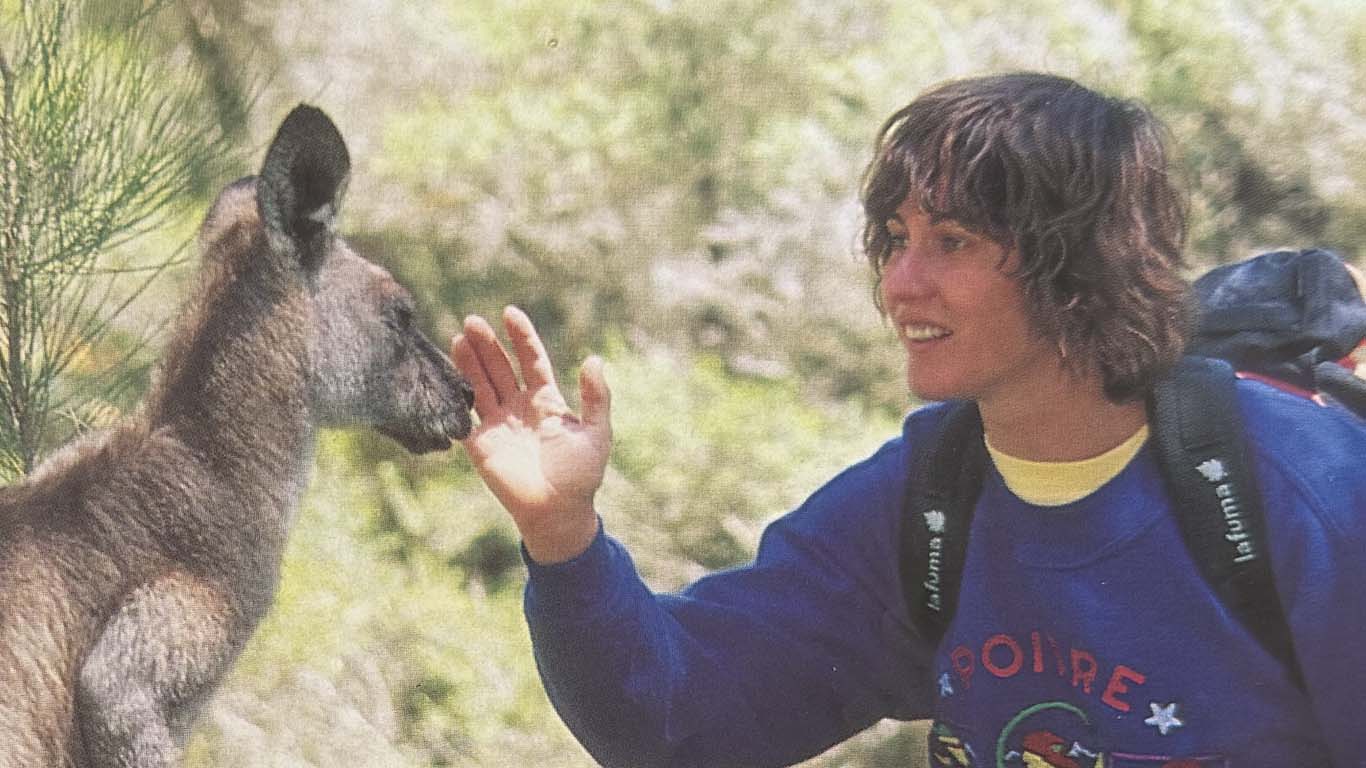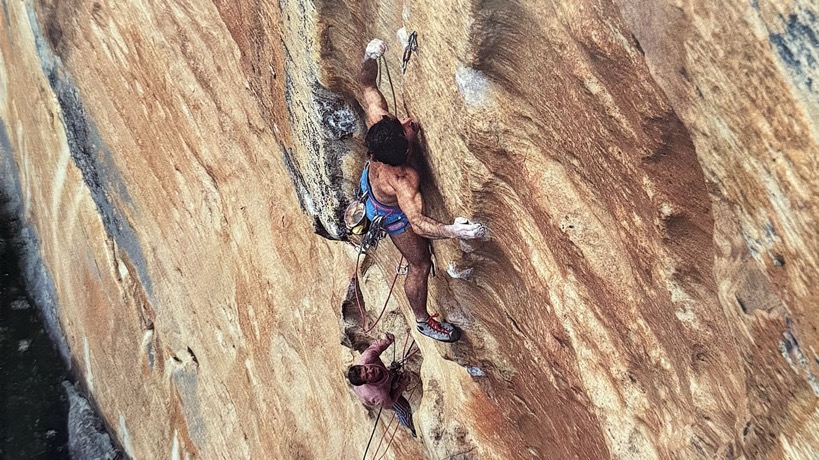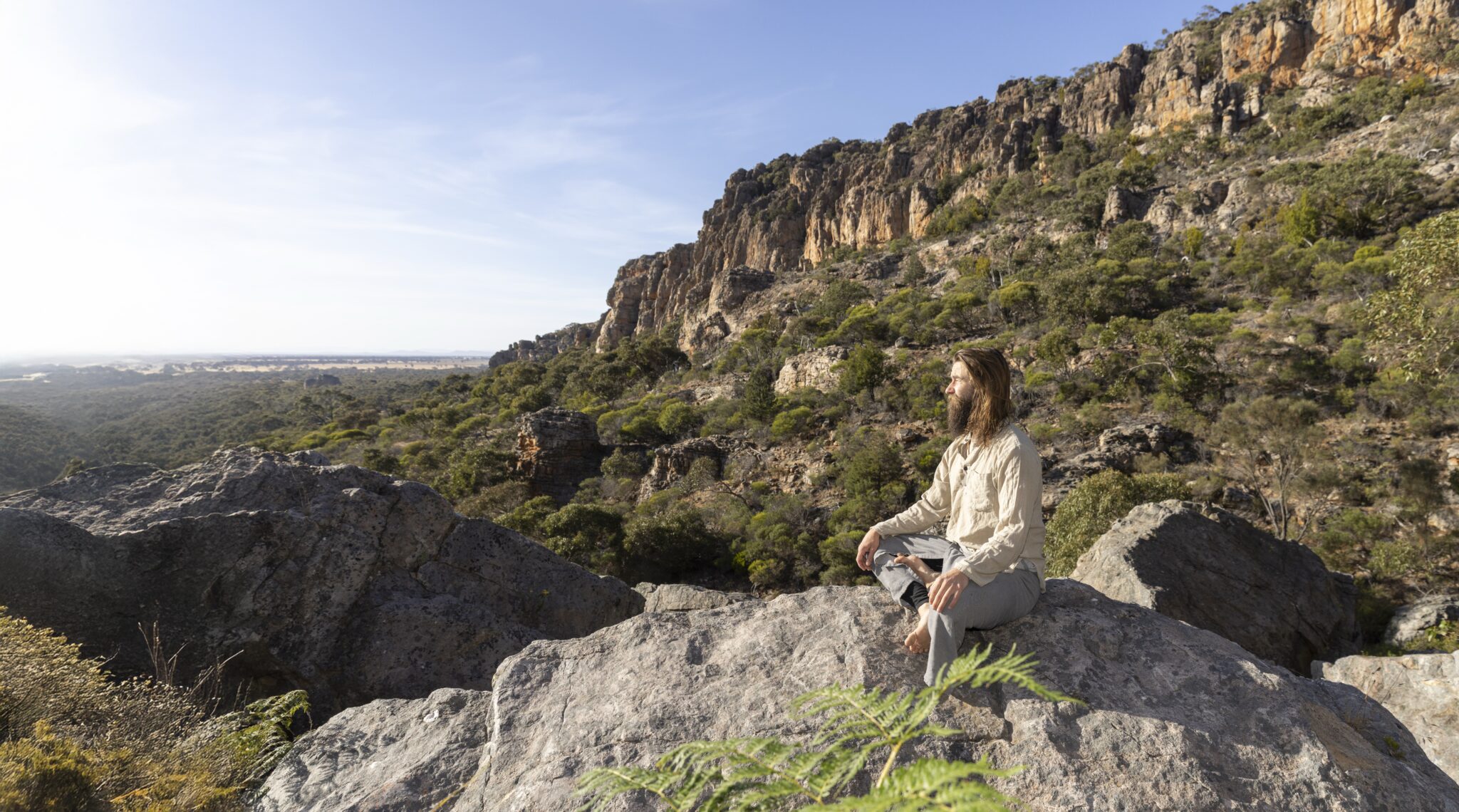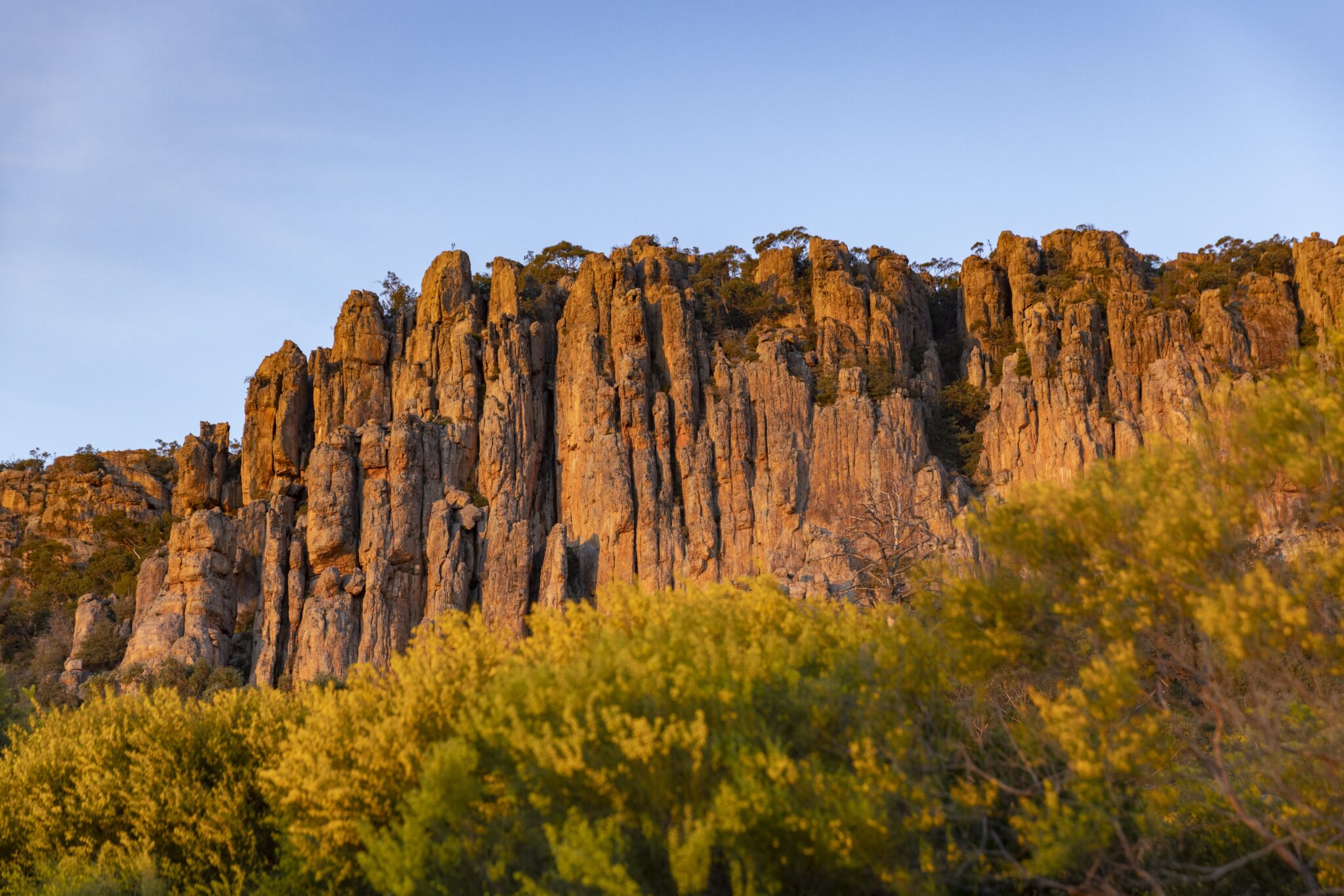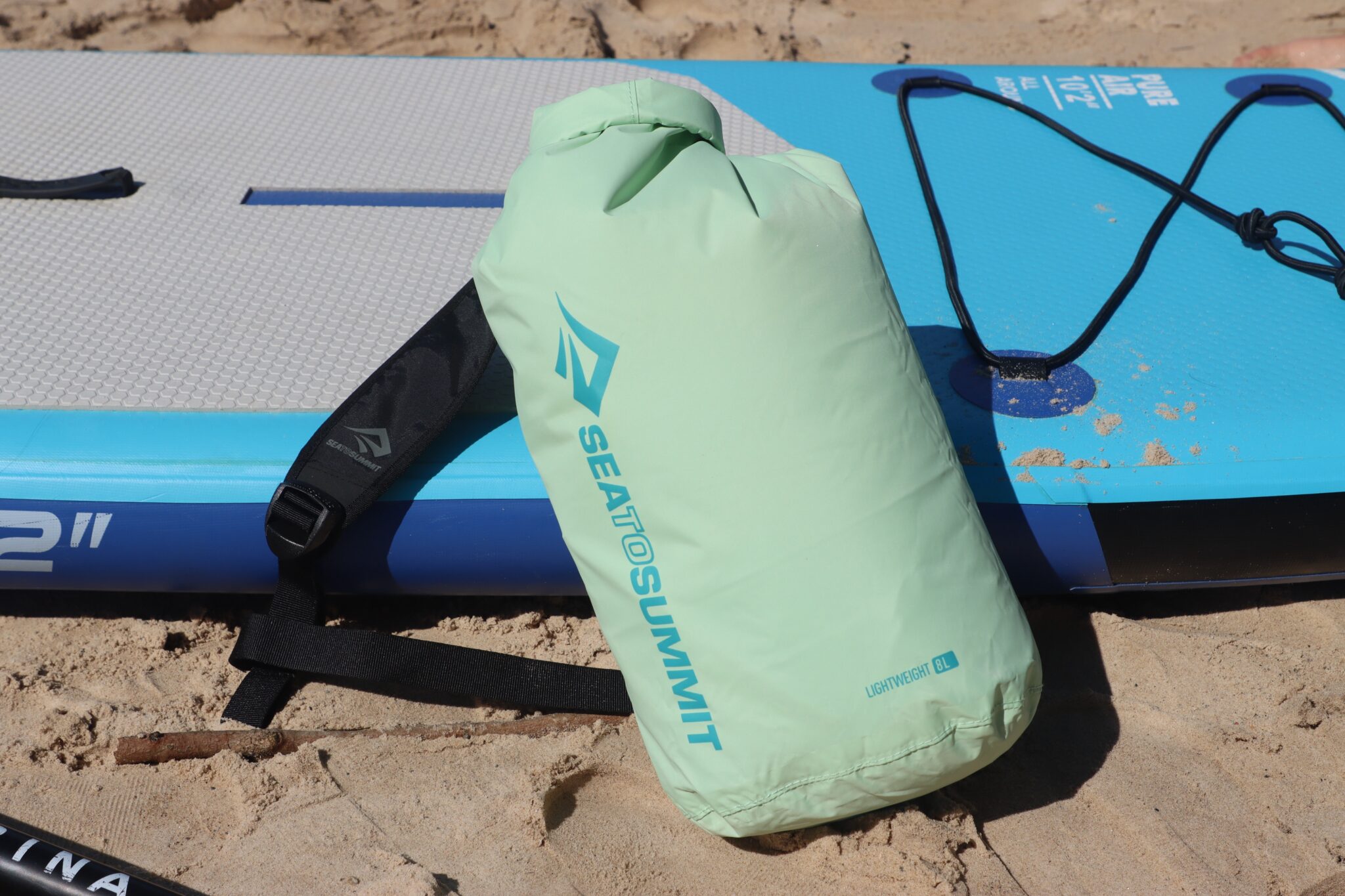The Warumbungles: Traipsing Through Trachyte Towers To Tonduron
Words & Images: Keith Bell
Climbing legend Keith Bell has been exploring the ‘Bungles since the 1960s. With a wealth of tales of first ascents, near misses and insider advice, he takes a journey along the infamously wild adventure routes that weave their way up the ancient volcanic spires.
The Warrumbungle National Park, located about 500 kilometres northwest of Sydney by road, holds within its boundaries a collection of volcanic peaks that are a magnet for many visitors—including hikers and rock climbers. For the latter, the steep, multi-hued trachyte walls of orange, yellow, brown, red and grey of its four main peaks—Crater Bluff, Belougery Spire, Bluff Mountain and Tonduron Spire—offer some of the finest trad multi-pitches to be found in Australia.
Crater Bluff and Belougery Spire are accessed by a somewhat steep, but well-maintained and well-travelled trail, which leads to a lookout point between the two crags. Grand High Tops and Lughs Throne, two famous landmarks of the Warrumbungles’ main hiking trail, provide spectacular views of not only the crags, but of the surrounding countryside and plains.

Sacred significance of crooked mountain
This remarkable area holds deep meaning to First Nations people. The National Parks website explains, “Warrumbungle is a Gamilaraqy word meaning ‘crooked mountain’, and for many thousands of years it has been a spiritual place for the custodians of this land, the Gamilaraay, the Wiradjuri and the Weilwan. The landscape, plants and animals of the park are a constant reminder of its sacred significance to the Aboriginal people today.”
Looking back in the direction that you have come from lies the thin outline of The Breadknife, a sinuous and spectacular dyke that radiates out from the most climbed route on Crater Bluff, indeed in the ‘Bungles, Cornerstone Rib – a seven pitch, grade 14, Bryden Allen classic. While the Breadknife, with its smaller subsidiaries the Butter and Fish Knives, offer some very good climbs, climbing on them has been banned for many years owing to the access tourist tracks sidling alongside both sides of the dyke.
Balor Hut can be found a short walk from the bottom end of the Breadknife. Most climbers stay here for the convenience of its location. Its tanks also provide a good supply of water, which is important as the national park lies in a semi-arid area of New South Wales.
Belougery Spire is the sentinel back on your left. While Vertigo (four pitch, grade 10), its most popular route, is clearly visible rising three pitches above a high terrace, a drop beyond conceals the longer, harder classic climbs of Caucasus Corner (12 pitch, grade 17) and Out and Beyond (nine pitch, grade 15). The latter has a famous traverse near its start whereby the initial 10-metre exposure becomes 100 metres at its end. After the initial corner of the former, the route rises diagonally to the left to ascend an exposed and elegant buttress to the summit.
Bluff Mountain
To the right, peeking over Dows Plateau, is the stunning profile of Bluff Mountain, a long 300-metre high cliff that contains the best routes in the Warrumbungles: Stonewall Jackson (12 pitch, grade 20), Elijah (12 pitch, grade 17) , Ginsberg (11 pitch, grade 19) and many others. Almost all who have ventured on this peak have been enthralled by the spectres of wedge-tailed eagles (Australia’s biggest raptor) circling lazily on the face’s thermals.
Bryden Allen and John Ewbank were the first to climb the main precipice via Elijah in 1965 over five days. John was belaying Bryden on a small ledge using primitive nuts while Bryden thought a bolt should be placed. He then led out, placed a runner around a block and was moving diagonally away from it when he felt what he later described as a “fearful tug”. Bracing himself he managed to stay on; it transpired that John had fallen off the small ledge after his belay disintegrated and Bryden had halted his fall. Bryden was always quick to quip that it was a case of the leader belaying his belayer—while he was leading.
For many years the start of Elijah, the first major route on the mountain, was marked by an early pair of Bryden’s friction boots hanging by their laces off a small flake.
Crater Bluff
As one tops out onto Lughs Throne, the eye is drawn towards the overpowering presence of Crater Bluff with its spectacular series of ribs and gullies rising abruptly before you. The upper reaches of Tonderburine Creek carve out the rock in between, forming a deep and sweeping valley. The abode of Cornerstone Rib, Rib and Gully (six pitch, grade 13), Vintage Rib (seven pitch, grade 15) and more, lies directly across the valley. On its right wall again hidden from view resides Lieben (six pitch, grade 17), for a long time the hardest route in Australia, pioneered by the mighty Bryden Allen/Ted Batty team in 1962.
But also worthy of note is the first ascent of this peak, made in 1936 by Dr Eric Dark, Marie Byles and Dorothy ‘Dot’ Butler. Suffice to say just getting to this place then would have been quite a trek. At the summit to celebrate their success, and to indicate to others below that they had indeed summitted, a fire was lit—as well as probably to boil a billy for a cup of tea. Unfortunately, the fire got away, and they set the summit of Crater Bluff alight, reproducing a scene perhaps worthy of the peak’s volcanic origins. My first climb in the ‘Bungles was this very peak in 1964, with manilla rope, sandshoes, manilla slings, steel carabiners and a bowline tie-in. I found it a difficult proposition.
In 1969, Howard and I made the fourth ascent of Lieben on Crater Bluff, with an audience of Victorians, including Keith Lockwood, Roland and Anne Pauligk, as well as their menagerie of parrots that had travelled with them. (This is entirely true, by the way. Roland’s pet parrots were infamous at the time, and it’s even said that they would unclip ropes from runners.) Now, one of their feathered friends wanting to get a closer look at the action flew up and perched on an important handhold just above me on the crux pitch. Each time I reached out to use the handhold a slashing beak would nip at my hand. Was this the harbinger of the interstate war (Victoria versus the rest) that raged through the seventies?

As I hung about, a crazy thought went through my mind. What if I pushed the parrot off, and it fell to its death at Roland’s feet some 150 metres below. The idea of tangling with Roland made me think I would be better off going tandem with the bird. But in the end it was going to be the cocky or me and stuff the consequences. I took out my peg hammer, reached up and gently but firmly pushed the bird over the precipice. It fell, completing a neat somersault before it unfurled its wings, and thankfully flew away without sustaining any damage. Next day Roland and Keith did the fifth ascent, and I was pleased to see the parrot perched on Roland’s shoulder as he climbed the crux pitch. At least he had a feathered handicap too.
Tonduron Spire
Beyond is the squat shape of Tonduron Spire, a lonely waif lost in a wilderness of scrub. Shaped like a classic jelly it was the last major crag to be savoured by climbers, largely owing to its isolation and the nature of its rock. It can be reached from the Grand High Tops with a lengthy walk down Tonderburine Creek, or approached through the township of Tooraweenah and eventually by walking up Tonderburine Creek. Neither way is easy, hence the delineation.
The area behind the Grand High Tops is the northern, more civilised and frequented part of the national park, approached through the township of Coonabarabran. It contains the Park HQ, campsites with amenities and a network of well-maintained trails. Tonduron Spire, on the other hand, is situated in the southern undeveloped wilderness area of the park. Its South Ridge (6) was first climbed by Dr Eric Dark and party in 1932 who described it as, “The most gayest and light-hearted climb I remember, everyone being in the highest spirits”. This ridge is now used as the descent from the peak.
When I first went there in 1972 with Greg Mortimer, the access road from Tooraweenah led to the farmhouse of the Gale Family. Their homestead was situated on Picnic Ground Mountain, just across from the present Gunneemooroo gate on the boundary of the national park. Back then the Gales held the pastoral lease to the area but after the lease expired the house was removed and the area was incorporated into the national park. After a pleasant cup of tea and scones, we were given permission by the family to drive up the then navigable dirt road along the valley to Gales Bore and windmill, the campsite and the setting out point to access Tonduron. Two climbs were completed, Virago (nine pitch, grade 20) and Saratoga (seven pitch, grade 17) on the northeast face.
In 1974, Ian ‘Humzoo’ Thomas and I teamed up for a trip into Tonduron. After man-handling and coaxing my low-slung Mini Minor over innumerable rocky creek crossings and dodging massive boulders, we finally arrived at the Gales Windmill campsite. Next day we climbed the magnificent corners, cracks and slabs of Antares (five pitch, grade 19) that led directly up the imposing northwest face. The following day we decided since it was blowing a gale to have somewhat of a rest day. We thought we might have a go at what is properly known as the Northern Spire, but which seems to be called by nomenclature of a less savoury nature. I prefer to liken it to a Saturn rocket but perhaps this dates me too much.

With the wind whistling through the trees, I led up the initial chimney formed by the fuselage of the rocket and the small tower on its right, which looks like its booster. While easy at first it became a bit of a grunt as the walls started to close in. Squeeze chimneys are never fun, but I finally struggled out of its confines to belay on the top of the booster. After bringing Zoo up I got him to pose precariously on the top of the booster and obtained what I regard as my favourite photo of him. Zoo climbed the off-width chimney that was formed by the remainder of the rocket and the main cliff. He belayed on a piton driven below a small rock that formed the summit.
Unexpectedly, the spire did not lean against the main face but stood independently like a cricket stump hammered into the earth. As he belayed, Zoo was exposed to the full force of the wind.
I was about halfway up when he yelled down, “For f…’s sake hurry up. The prick is moving in the wind!”
Although I was somewhat disbelieving, I was up the crack faster than you can bowl a maiden over. Now I know that you are thinking that we had probably imbibed a little more than fresh air, but if you are in the area when a strong wind is blowing … If you are still not convinced that pinnacles can move like metronomes, then try climbing Thanatos at Mt Blackheath in the Blueys if it is still there, and I’m sure that you will swing around to our way of thinking.
In 1987, John Fantini and I arrived at the Guneemooroo (Tonduron) campsite at about 2am after a long drive from Canberra in John’s much loved old Holden—read squeaky and very noisy. We had hardly pulled up when another car appeared and parked nearby. We were incredulous: two parties of climbers arriving at this isolated spot at the same time. As our eyes became accustomed to the dark, we could make out the other car was some sort of ute.
More tense minutes passed and finally a figure got out and walked over to us and asked in a stern, unfriendly voice, “What are you blokes doing out here this time of night?”
We explained that we were going into Tonduron to climb. At this the silhouette breathed a sigh of relief. He went on to explain that he owned the nearby sheep station, and he thought that John’s car was a sheep duffer’s truck. I could sense John was rather indignant about this slur on his machine, and I remembered the fate of an errant climber who once dared to spit on his car outside the Newnes Pub in the Wolgan Valley.
Fortunately, John displayed great restraint by not reacting to this affront, because as the farmer opened his car door the light revealed his mate sitting there holding two rifles. What excitement and we hadn’t even reached the crag. This incident is remembered in stone by naming a new route on Tonduron—Starlight Express.
So, you’re planning a trip?
The Warrumbungles offers real adventure climbing, but it will be less of an adventure (or disaster) if the following suggestions are followed. Overcoming long access walks, length of climbs with their attendant problems of difficult route finding and excessive heat (or cold and wind) are the main determinants of success or failure on these peaks. It is essential to have early starts for several reasons as many a climber has had an impromptu bivvy on Crater Bluff after a late start on Cornerstone Rib. An early start will also enable any route-finding difficulties to be surmounted as well as allow a party to be on and off before the heat of the day embraces them.
While single ropes might be fine at Arapiles, Frog Buttress and parts of the Blue Mountains, double ropes are a necessity here. There are several reasons why. The obvious one is that in the face of retreat a greater distance can be covered between anchors. Double ropes used properly also largely eliminates the Z drags that might be formed by a single rope stitching between running belays. Lastly, the rock is often complex with rough edges and double rope technique is good insurance against a single rope perhaps failing over a sharp edge.
A good supply of water is also essential, but carrying too much can slow you down. Try to find places to leave a stash of water for the walk out. The creeks in the ‘Bungles are largely ephemeral, and therefore should not be relied upon as a source of drinking water.
And so, if heavy packs, long walks, big climbs, sometimes extreme route-finding in often unrelenting heat/cold/wind is the go for you, then the ‘Bungles is just the place to experience all these in one day. Bryden Allen summed it up in his early 1963 guide: “One is likely to freeze in a biting wind in the early morning and suffer from heat exhaustion in mid-afternoon.”
But you don’t have to be a masochist to enjoy climbing in this place. Early starts, good planning and a small team will enable you to attain these stunning and picturesque peaks with plentiful time to enjoy the view, get down, and wend your way back to camp. On a fine day you might also end up sharing your peak with the park’s magnificent eagles soaring lazily on the thermals.

